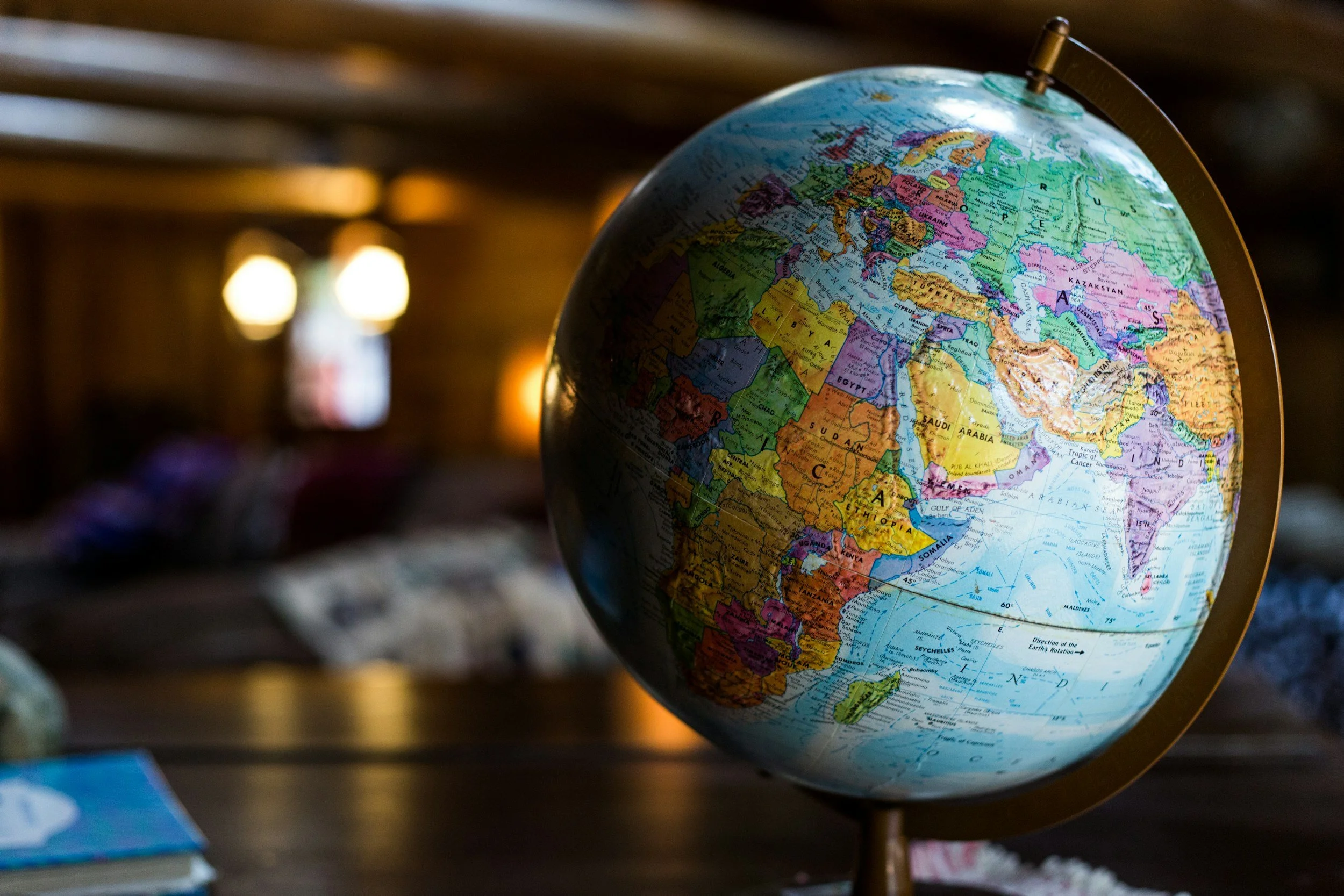Australia Day and Hong Kong Foundation Day: A Tale of Shared Histories and Diverging AI Futures
Image Credit: Jacky Lee
January 26 is a date of dual significance: Australia Day and Hong Kong Foundation Day. These observances highlight the intertwined colonial histories of two former British territories, now separated by geography but connected by a shared legacy of governance, commerce, and urban development. Today, both Australia and Hong Kong are leaders in modernization and technology, including artificial intelligence. However, their distinct paths reveal how history and geopolitics shape technological progress.
[Read More: Global AI Regulations 2025: U.S., EU, China, Brazil, Israel and Australia in Focus]
Historical Foundations
Australia: The First Fleet and Nationhood
Australia Day commemorates the arrival of the First Fleet at Sydney Cove in 1788, marking the establishment of British colonial rule. This event laid the groundwork for modern Australia, introducing European systems of governance, agriculture, and commerce. However, for Indigenous communities, it was a day of profound disruption, with far-reaching consequences for their cultures, land rights, and traditions. This duality remains a focal point of modern debates about national identity and reconciliation. Efforts such as education on Indigenous history and discussions about changing the date aim to bridge this divide and create a more inclusive future. Unlike nations with a distinct Independence Day, Australia’s sovereignty was achieved gradually. Key milestones include the federation of the six British colonies in 1901, forming the Commonwealth of Australia; the Statute of Westminster Adoption Act 1942, which formalized legislative independence from the UK; and the Australia Act 1986, which eliminated the remaining legal ties to the United Kingdom. These developments reflect Australia's evolution from a collection of British colonies to a fully sovereign nation.
Hong Kong: From Fishing Village to Trading Hub
On January 26, 1841, the British formally claimed Hong Kong Island, transforming a small fishing village into a vital trading hub. Leveraging its strategic location and deep-water harbor, Hong Kong became a gateway between East and West. While its colonial era established robust legal and economic systems, the 1997 handover to China brought new challenges. Under the “One Country, Two Systems” framework, Hong Kong retained its distinct identity. However, recent statements by Chinese officials, including Wang Yi, then Director of the Office of the Central Foreign Affairs Commission, during a December 2024 symposium in Beijing, referred to the Sino-British Joint Declaration as a "historical document", implying it no longer holds practical significance. This characterization has raised concerns about the erosion of Hong Kong's autonomy and the potential implications for its global standing.
[Read More: AI-Powered Fireworks Art: Celebrating 2025 New Year with Painterly Creations]
Urban Development: Contrasting Strategies
Australia: Suburban Sprawl and Abundance
As the world’s 6th largest countries, Australia’s urban development reflects its vast land resources, spanning approximately 7.7 million square kilometers. Cities like Sydney, Melbourne, and Brisbane showcase expansive layouts, characterized by suburban sprawl, low-density housing, and wide streets. This decentralization allows for green spaces and a balanced coexistence between urbanization and nature. Regional centers further highlight Australia’s ability to distribute growth across its expansive landscape, supported by extensive infrastructure.
Hong Kong: Vertical Growth in Limited Space
In contrast, Hong Kong’s development epitomizes vertical efficiency. With a land area of just over 1,100 square kilometers and a population density of nearly 6,700 people per square kilometer, Hong Kong relies on skyscrapers and compact residential estates to maximize space. Reclaimed land and a world-class public transportation system, like the Mass Transit Railway (MTR), further optimize its limited geography. This dense urban design reflects Hong Kong’s resilience and adaptability.
[Read More: Smart Cities: Pioneering Sustainable Urban Living in the Digital Era]
AI Development in Hong Kong and Australia
Hong Kong: A Fintech and Robotics Leader
Hong Kong has embraced AI as a cornerstone of its financial and technological sectors. The Hong Kong Monetary Authority’s (HKMA) "Fintech 2025" strategy has fostered innovation through regulatory sandboxes, enabling AI-driven solutions in trading, fraud detection, and personalized banking. Institutions like the Centre for Artificial Intelligence and Robotics (CAIR) and the Hong Kong Industrial Artificial Intelligence & Robotics Centre (FLAIR) lead cutting-edge research in brain-inspired intelligence and industrial applications. Recent government initiatives, including the "Ethical Artificial Intelligence Framework" and policies for responsible AI in financial markets, underline Hong Kong’s commitment to fostering AI responsibly.
Australia: Innovation Across Industries
Australia’s AI advancements span diverse sectors. In mining, autonomous systems enhance operational efficiency and safety. In agriculture, AI-powered platforms optimize resource use and crop health monitoring, addressing labour shortages and sustainability challenges. Organizations like the Commonwealth Scientific and Industrial Research Organisation (CSIRO) and its Data61 division drive AI research, collaborating with global partners like NVIDIA to build domestic capabilities. Urban centers like Sydney and Melbourne have become tech hubs, nurturing startups through accelerators and innovation precincts like Lot Fourteen in Adelaide.
[Read More: Smart Cities, Smarter Solutions: How AI is Revolutionizing Urban Life]
Geopolitical Constraints and Technological Access
In January 2025, the U.S. Department of Commerce's Bureau of Industry and Security (BIS) implemented a series of export restrictions targeting advanced AI technologies. These measures aim to limit the export of high-performance AI chips, cloud access, and AI model weights to countries like China and Hong Kong, citing concerns over potential military applications. This includes high-end GPUs, advanced aligner machinery used in their manufacturing, and AI technologies that are pivotal for maintaining competitiveness in AI-driven industries.
Conversely, Australia faces no such restrictions due to its strong alliance with the United States. This open access allows Australia to acquire the latest AI technologies and high-performance computing resources, bolstering its position as a global AI development leader. By leveraging these technologies, Australia can seamlessly integrate advanced AI innovations across industries, fostering accelerated growth and innovation.
[Read More: Hong Kong’s AI Development: Opportunities and Challenges Amid Geopolitical Shifts]
Implications of Nvidia’s "Hyper Moore’s Law"
Nvidia CEO Jensen Huang’s concept of “Hyper Moore’s Law” highlights the exponential growth of AI computing performance, suggesting that capabilities could double or even triple annually—far surpassing the traditional Moore’s Law of an 18-month cycle. This accelerated pace of development underscores the widening technological gap between nations with unrestricted access to advanced hardware and those facing limitations.
For Australia, Nvidia’s advancements present immense opportunities. With no barriers to acquiring state-of-the-art AI chips and computing systems, Australia is positioned to capitalize on this hyper-accelerated innovation. For Hong Kong, however, the export restrictions create significant hurdles. Without access to Nvidia’s cutting-edge hardware, Hong Kong risks being left behind in this exponential growth trajectory.
[Read More: Nvidia CEO Introduces "Hyper Moore’s Law" to Accelerate AI Computing]
The Five-Year Gap
The geopolitical realities of U.S. export controls, coupled with Nvidia’s “Hyper Moore’s Law”, paint a sobering picture for Hong Kong’s AI future. If the city cannot find alternative sources of innovation, the five-year gap created by these dynamics could equate to decades of lost progress, leaving Hong Kong at a severe disadvantage.
In contrast, Australia’s unrestricted access to cutting-edge technologies positions it as a rising AI powerhouse. By embracing rapid technological advancements and fostering innovation, Australia is set to reap significant benefits across industries. For Hong Kong to maintain relevance as a financial and AI innovation hub, it must act swiftly to address these challenges, or risk falling further behind in an increasingly competitive global landscape.
License This Article













